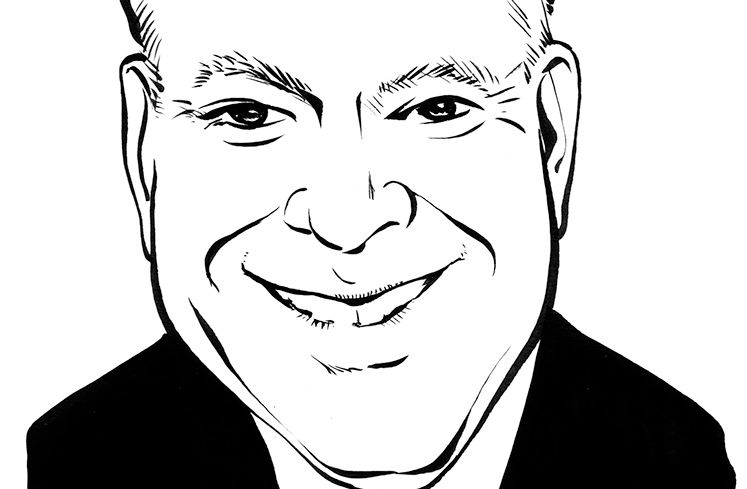Carving Back the Carveouts
By Joshua Stein February 3, 2016 6:05 pm
reprints
When lending against a stabilized project, a mortgage lender will typically agree that if the borrower defaults, the lender will foreclose and not seek further recourse for payment of the loan, hence the term “nonrecourse financing.” But the loan documents will usually “carve out” certain matters from nonrecourse treatment. For those, the lender will have a claim against the borrower’s principals as guarantors, making the carveouts the scariest part of the deal. They can force the guarantor to pay the entire loan, even though it was supposed to be nonrecourse.
Term sheets often used to say the loan documents would contain “lender’s standard carveouts.” The borrower would fund an expense deposit—pay to see the lender’s documents—then try to negotiate the guarantor’s exposure. Today’s borrowers and guarantors often won’t take that risk. By the time they realize the carveouts are troublesome, it will be too late to choose another lender. Therefore borrowers and guarantors often insist that the precise words of the carveouts appear as an exhibit to the term sheet. In reviewing and potentially negotiating those words, what should a guarantor and its counsel care about? Here’s a quick guide to the high points, or low points.
Lenders often want guarantors to cover unpaid real estate taxes, insurance and sometimes other expenses. If a property gets into trouble, though, those carrying costs could become burdensome and perpetual—shifting risks to the guarantor in a way inconsistent with the logic of nonrecourse financing. A guarantor should have no responsibility if the property couldn’t carry these costs simply because it had insufficient cash flow. That’s the lender’s risk. Guarantors should face exposure only if the property could have covered these costs but the borrower misused available funds.
If any prohibited transfer or indebtedness occurs, then a lender’s “standard carveouts” often require the guarantor to pay the entire loan. But the intricacies of loan documents may define prohibited transfers or indebtedness to capture trivial glitches—sometimes the simple result of insufficient cash flow—going far beyond an outright transfer or second mortgage. And a guarantor might not be able to control some prohibited transfers, such as those involving passive investors. A careful guarantor will want to face liability only if the borrower does something egregiously bad, such as selling the property or encumbering it with a second mortgage.
Lenders sometimes want to chase guarantors if the borrower does anything to defend a foreclosure or any other exercise of the lender’s remedies. But what if the lender was wrong and the borrower right? It can happen! At a minimum, the guarantor will want no liability unless the borrower’s defenses were frivolous and asserted in bad faith. And even if they were, the guarantor will want to cover only the lender’s extra costs and perhaps interest, not the entire loan.
Many mortgage loan documents devote extraordinary attention to the idea that the borrower should always be a “single-purpose entity,” a structure that seeks to minimize the likelihood of a bankruptcy and keep it simple if it does happen. Until the 2008 financial crisis, guarantors often agreed to pay the entire loan if the borrower violated the SPE covenants. But those covenants turned out to be so intricate, and often so excessive, that lenders could claim the borrower tripped the SPE covenants just by suffering financial problems such as not paying ordinary payables or the loan itself. This disconnect meant, for example, that lenders could try to collect the entire loan from guarantors just because the borrower didn’t pay it—not at all consistent with the logic of a nonrecourse loan.
Today’s guarantors know they should watch out for that perversion of nonrecourse financing. If a borrower violates an SPE covenant, guarantors might be willing to be responsible for any direct loss the lender suffers—hard for the lender to prove and hence not too scary. A guarantor will also want to avoid any implied obligation to contribute capital to cover shortfalls to maintain SPE compliance.
Guarantors for years accepted liability for things like “fraud” and “waste.” A careful guarantor knows those words can, with some creativity, capture almost any misfortune that befalls a loan. A guarantor can prevent that creativity by trimming the scope of these terms. References to the borrower’s “gross negligence” create similar concerns.
Though the carveout traps just described are the most common ones, others lurk. More may creep in over time.
Joshua Stein is the sole principal of Joshua Stein PLLC. The views expressed here are his own. He can be reached at
joshua@joshuastein.com.



